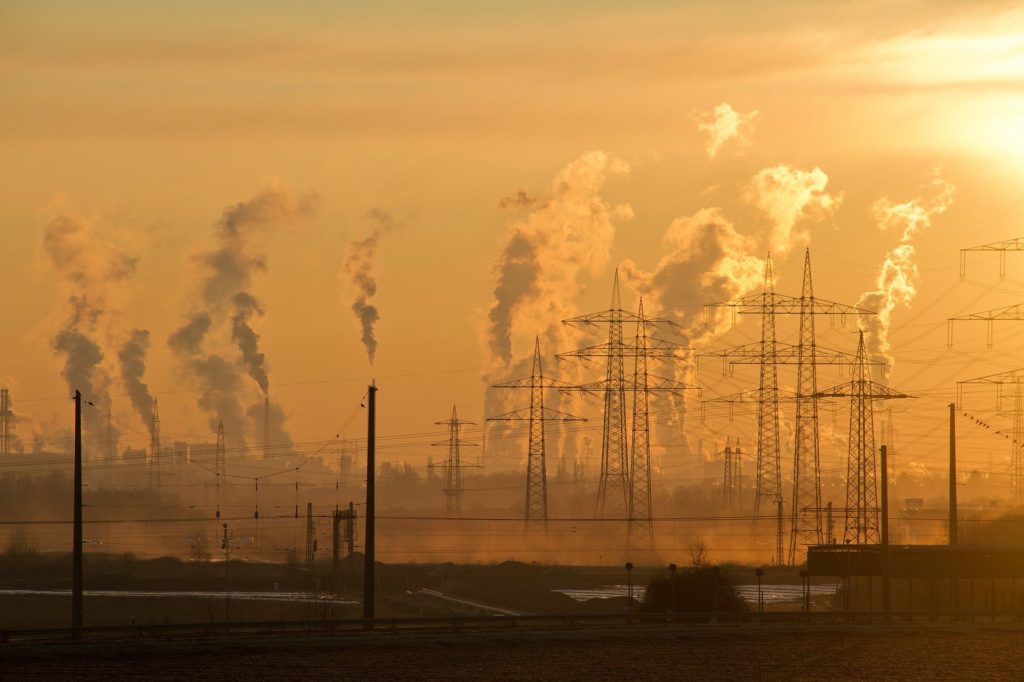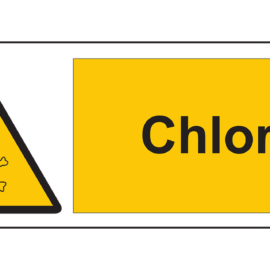
The EPA has said they will look into the air pollution. Environmental groups have sued Texas as there procedures for measurement were used by Louisiana. And now Tulane Environmental Law Center has entered the fray with a damning report on the situation.
The combination of air pollution and poverty is triggering higher rates of cancer in Louisiana, according to a new study led by the Tulane Environmental Law Clinic. Released this week, the study indicates low-income communities with high levels of toxic air pollution had average cancer rates of about 515 cases per 100,000 residents. That’s statistically higher than the 482-case average statewide and the 487-case average for low-income areas with less air pollution. “These communities are already burdened with socioeconomic challenges, and on top of that are the clear effects of toxic air pollution,” said Kimberly Terrell, a Tulane clinic research scientist and the study’s lead author. People living in impoverished communities might not get the preventive medical care that can help avoid cancer. Add toxic air to these communities, and it seems inevitable that cancer rates would be high, Terrell said. “We’re exposed to lots of different things [that cause cancer], but living in a polluted area could be the thing that pushes you over the edge and results in a cancer outcome,” she said.
Nola.com
Lower income workers spend more time outside due to their work and travel. Thus they are more likely to be exposed to and exposed to polluted air.
The study compared cancer rates from the 2021 Louisiana Tumor Registry with Census-designated areas of high poverty and the U.S. Environmental Protection Agency’s pollution-related cancer risk zones. It has not yet undergone the peer review and publication process typical of scientific studies. Terrell plans to submit the study for publication in a scientific journal later this year. The study provides scientific backing for the clinic’s own advocacy work on behalf of residents of the industrial corridor between New Orleans and Baton Rouge and other industrialized communities such as Mossville near Lake Charles. Many people who live near chemical plants and refineries have long maintained their communities suffer disproportionately from health problems that they say are rooted in chronic exposure to pollution. “While continually dismissed by industry, state decision-makers and local politicians, these concerns are not baseless,” the clinic report says. “More pounds of industrial toxic air pollution are released each year in Louisiana than any other state in the nation. Our clients who live in industrialized communities have firsthand experiences with higher-than-normal cancer prevalence among their family members, friends and neighbors.”
The study notes that Black and poor people are the ones most effected as the refineries are built near their homes. This appears to be a conscious decision by the industry. This is just another example of the systematic racism in this country
The concentration of chemical plants and refineries in mostly poor, Black areas of Louisiana drew international attention in January when President Joe Biden mentioned “Cancer Alley” in a speech about a series of executive orders targeting climate change and industrial pollution in areas with large non-white populations. Some Louisiana leaders bristled at the president’s use of the term, which many residents use to describe the Mississippi River corridor between New Orleans and Baton Rouge; Sen. Bill Cassidy called it “a slam upon our state.” The Tulane study takes aim at the state Department of Environmental Quality and the LSU School of Public Health, which manages the tumor registry, for failing to show the links between pollution and cancer. DEQ, the study says, has “dismissed concerns” about air pollution on the basis that the local cancer rates are not statistically higher than the Louisiana average. “This approach is scientifically flawed” because it fails to include pollution exposure and the fact that Louisiana’s industrialized communities are represented in the state cancer rate average, which is already quite high, ranking Louisiana 7th in the nation, according to the study. DEQ “inappropriately puts the burden of proof on the community rather than the polluter,” the study says. “In other words, there is no evidence that it is safe to locate industrial plants near communities, yet [DEQ] maintains there is no ]evidence that this practice is unsafe.”
DEQ opted not to comment.
LSU and the tumor registry it maintains have adopted what the Tulane study calls “questionable practices” that include annual reports focusing on the seven parishes the registry calls the industrial corridor between Baton Rouge and New Orleans but leave out several industrial areas in Jefferson, Orleans, Plaquemines and St. Bernard parishes, as well as similar zones around Lake Charles, Shreveport and Alexandria. “Of 10 parishes in Louisiana with the highest cancer hazard from industrial pollution, only four are included in the tumor registry’s definition of the industrial corridor,” the report says. Lauren Maniscalco, Louisiana Tumor Registry liaison, said the registry collects and presents basic cancer data from across the state using standards common among similar U.S. registries. While it does offer reports on the industrial corridor, data from all parishes is publicly available. “Our cancer rates do rank us pretty high,” Maniscalco said. “But we have cancer all over the state. It’s not just in one area.” She said “many risk factors,” including pollution, can lead to many different types of cancers.
Senator Cassidy, a doctor whose specialty was digestive problems, says pollution is not the problem, life style choices are. He specifically called out smoking and overeating. Tulane countered that argument by noting most cancers are in poor and marginalize industrial areas.
“While local politicians point to smoking and obesity as the main culprits for Louisiana’s high cancer rate, the report found no evidence that these factors contributed to the observed link between toxic air pollution and cancer,” Terrell said. “Smoking and obesity are risk factors that occur throughout Louisiana, both within and outside [industrial] regions.”
This issue is coming to a head. The State is defending what seems to be a bad idea and they are being called to task for it.



